Mustang Survival MD3151 User manual
Other Mustang Survival Marine Safety Device manuals
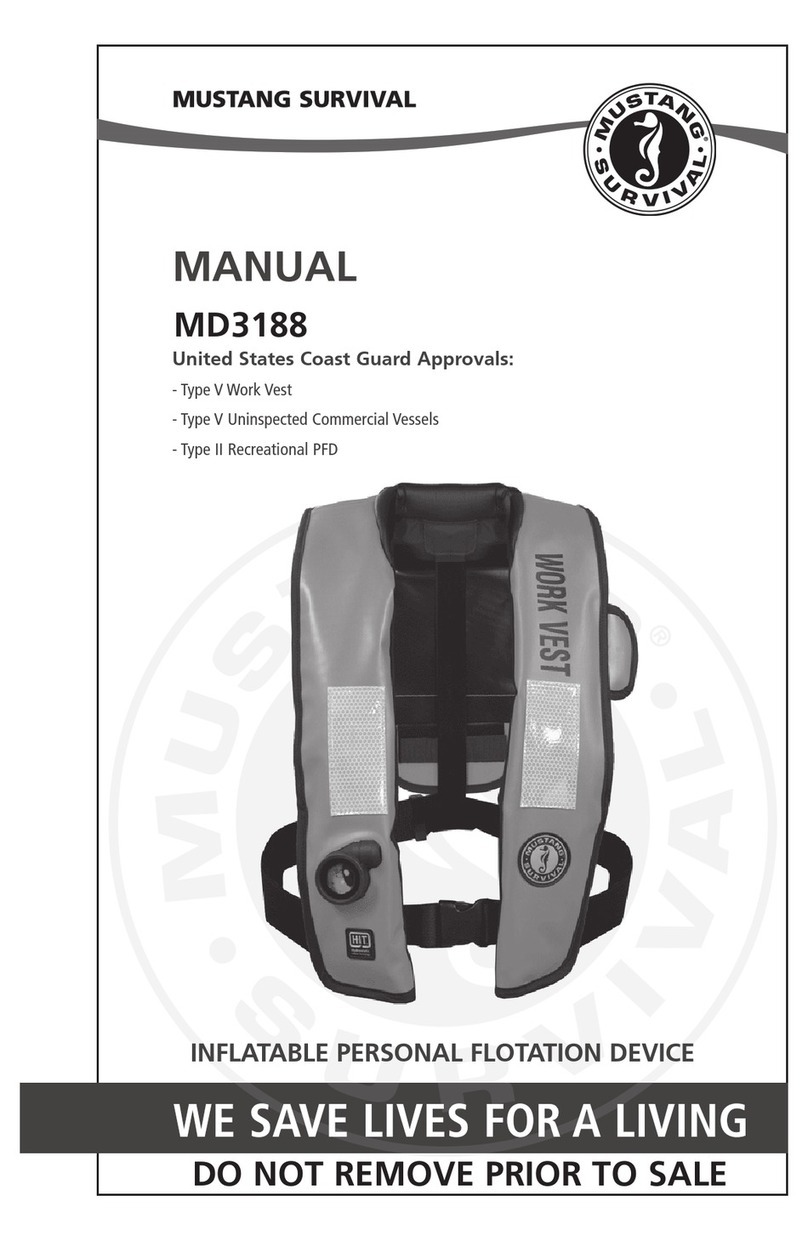
Mustang Survival
Mustang Survival MD318802 User manual
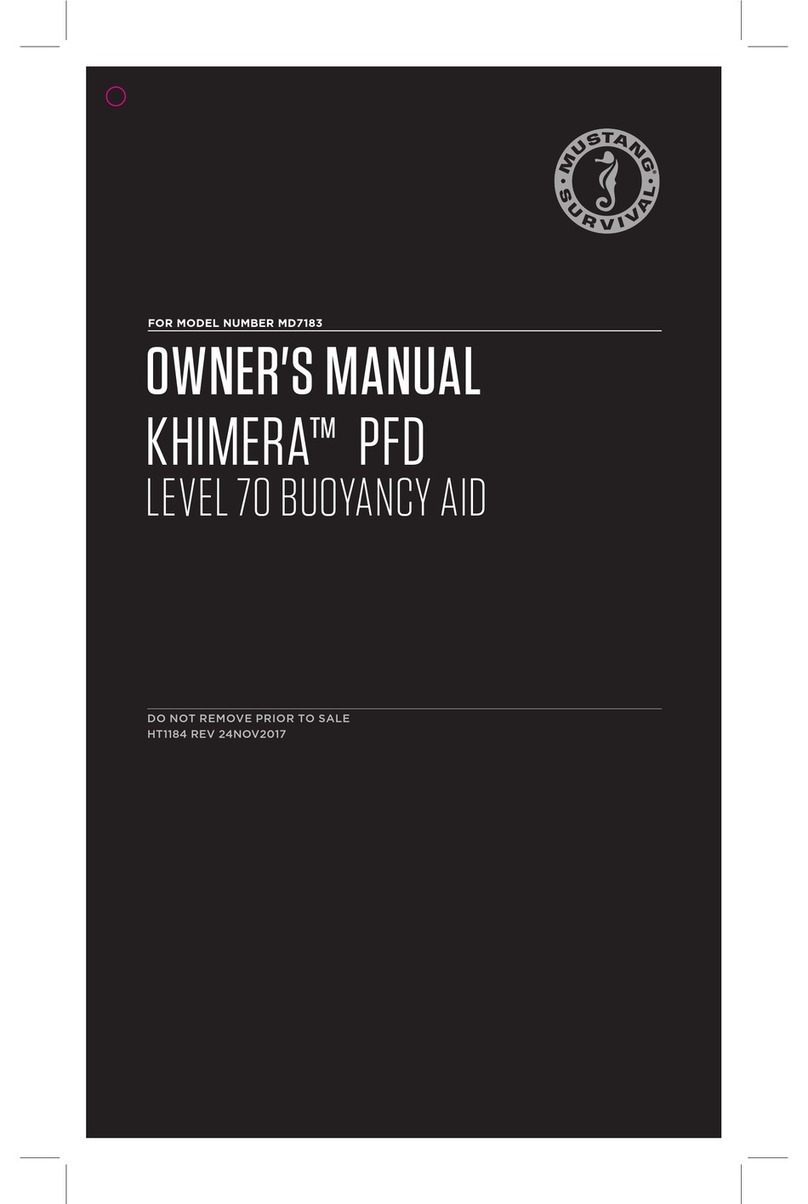
Mustang Survival
Mustang Survival khimera MD7183 User manual
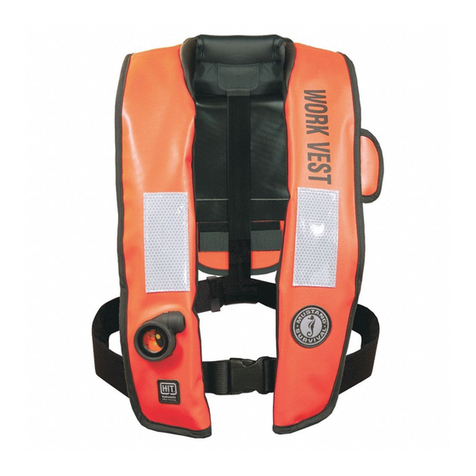
Mustang Survival
Mustang Survival MD3188 User manual

Mustang Survival
Mustang Survival MD3071 User manual
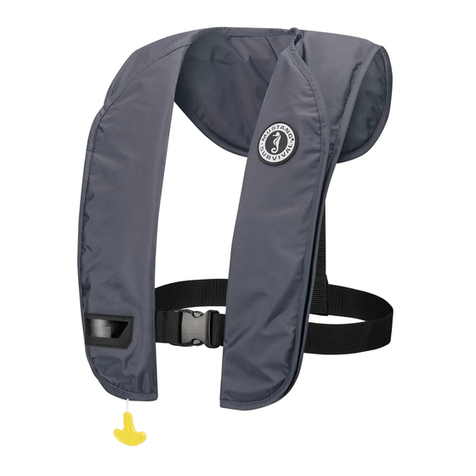
Mustang Survival
Mustang Survival MD2014 User manual
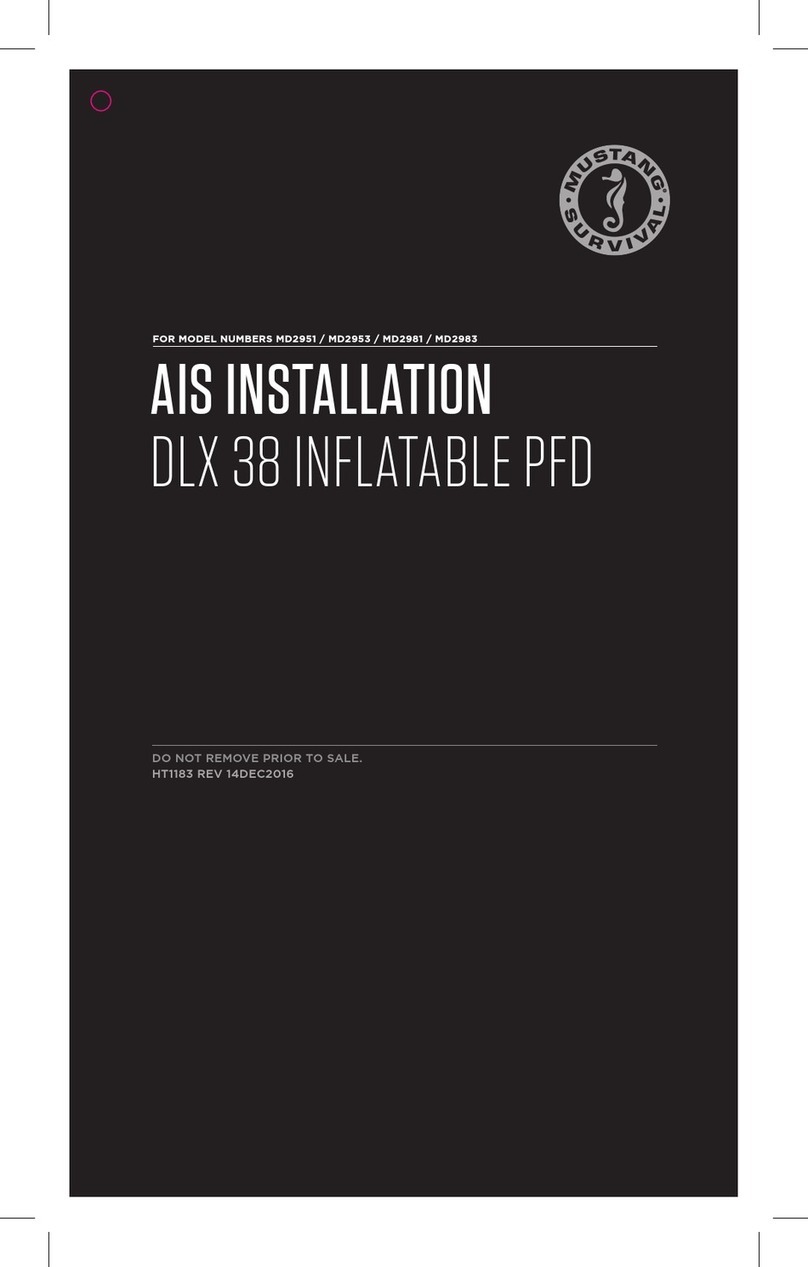
Mustang Survival
Mustang Survival MD2951 User manual
Popular Marine Safety Device manuals by other brands
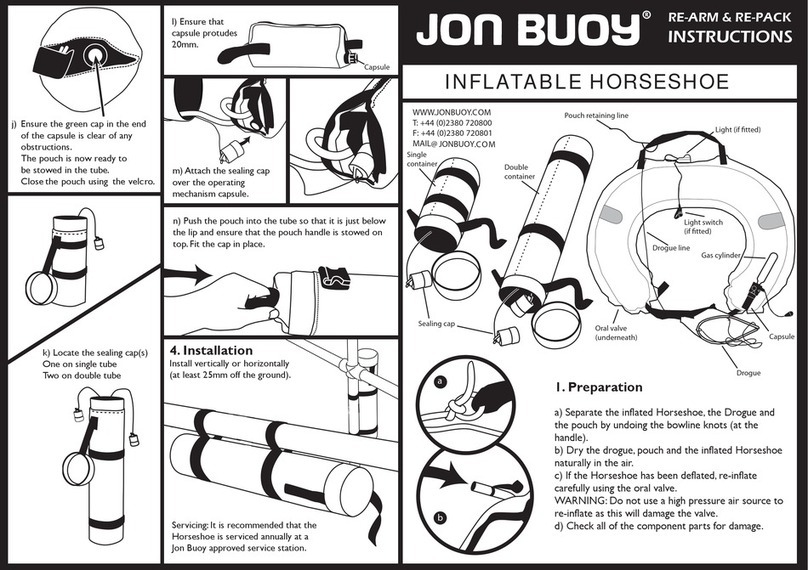
Jon Buoy
Jon Buoy Inflatable Horseshoe RE-ARM & RE-PACK INSTRUCTIONS
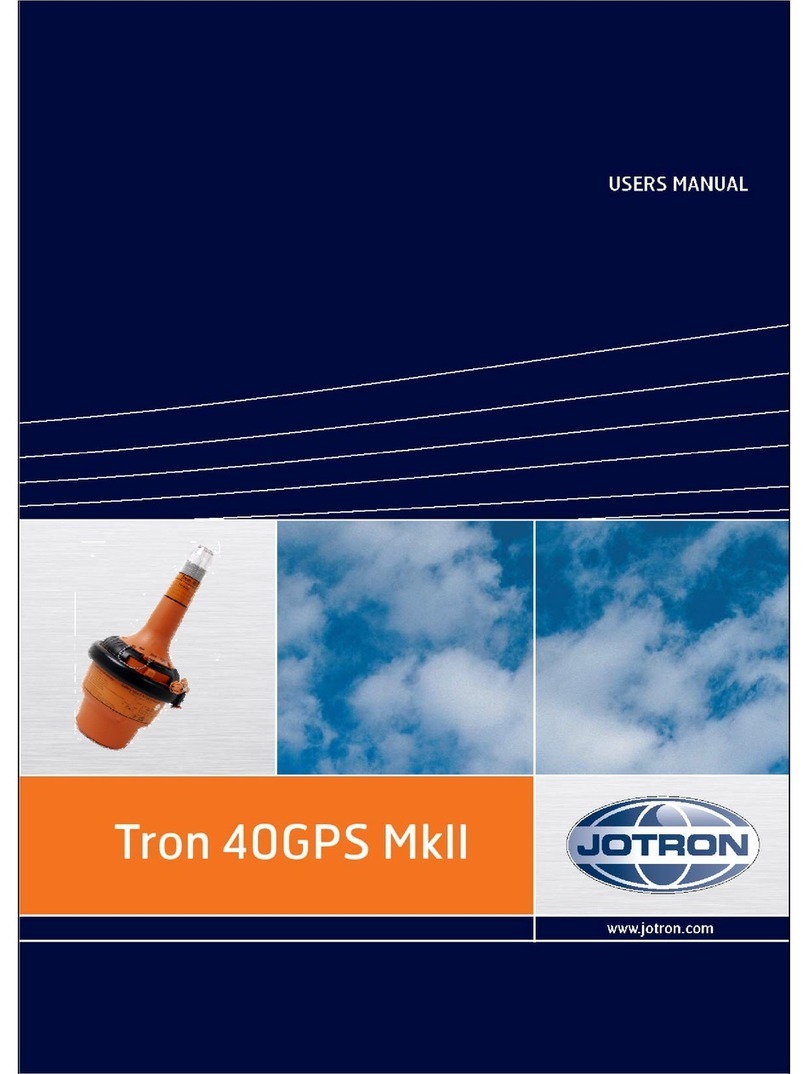
jotron
jotron Tron 40GPS Mk II user manual

Sirius Signal
Sirius Signal C-1002 Operation manual
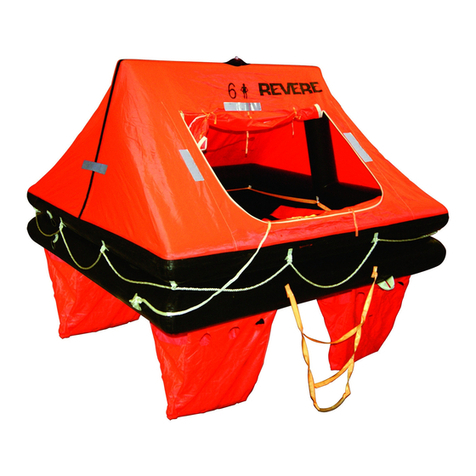
Revere
Revere COASTAL CRUISER 6P Service manual

Dräger
Dräger Lifeline Instructions for use

ACR Electronics
ACR Electronics Nauticast 2607 user manual

ACR Electronics
ACR Electronics GlobalFix iPRO RL8-36 Product support manual
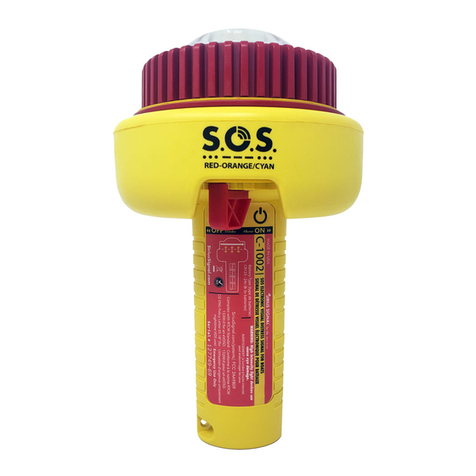
Sirius Signal
Sirius Signal C-1002 Operation manual
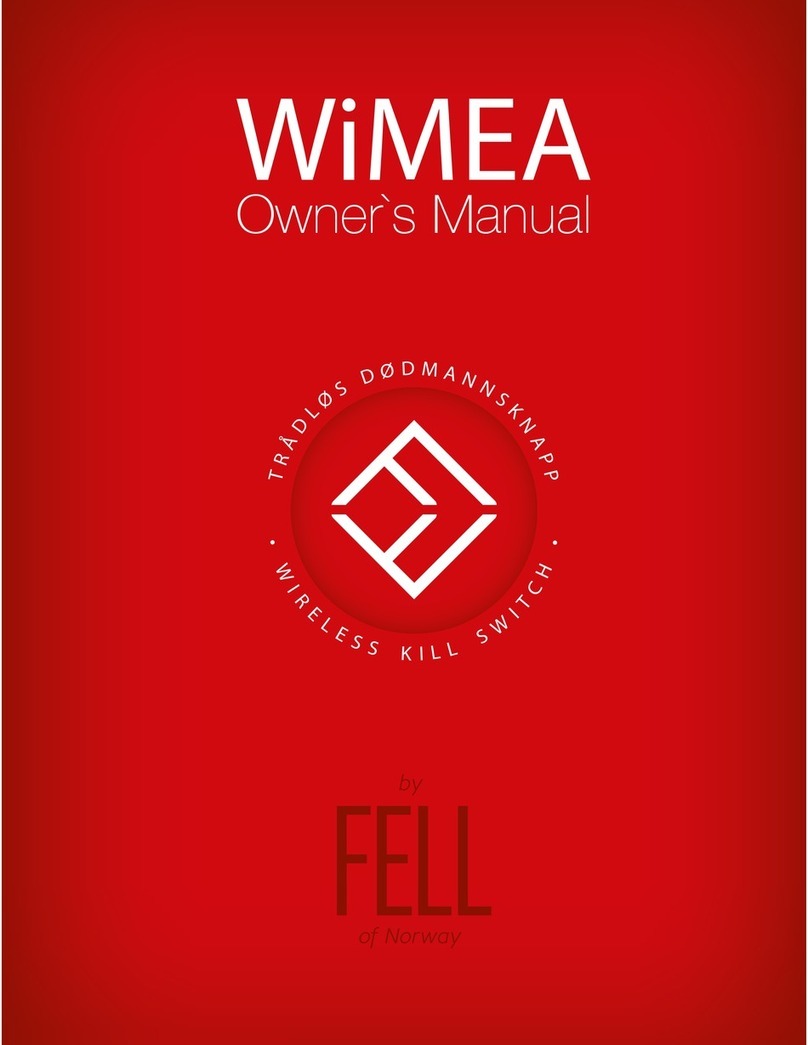
Fell
Fell WiMEA owner's manual

ACR Electronics
ACR Electronics L8-5 quick start guide
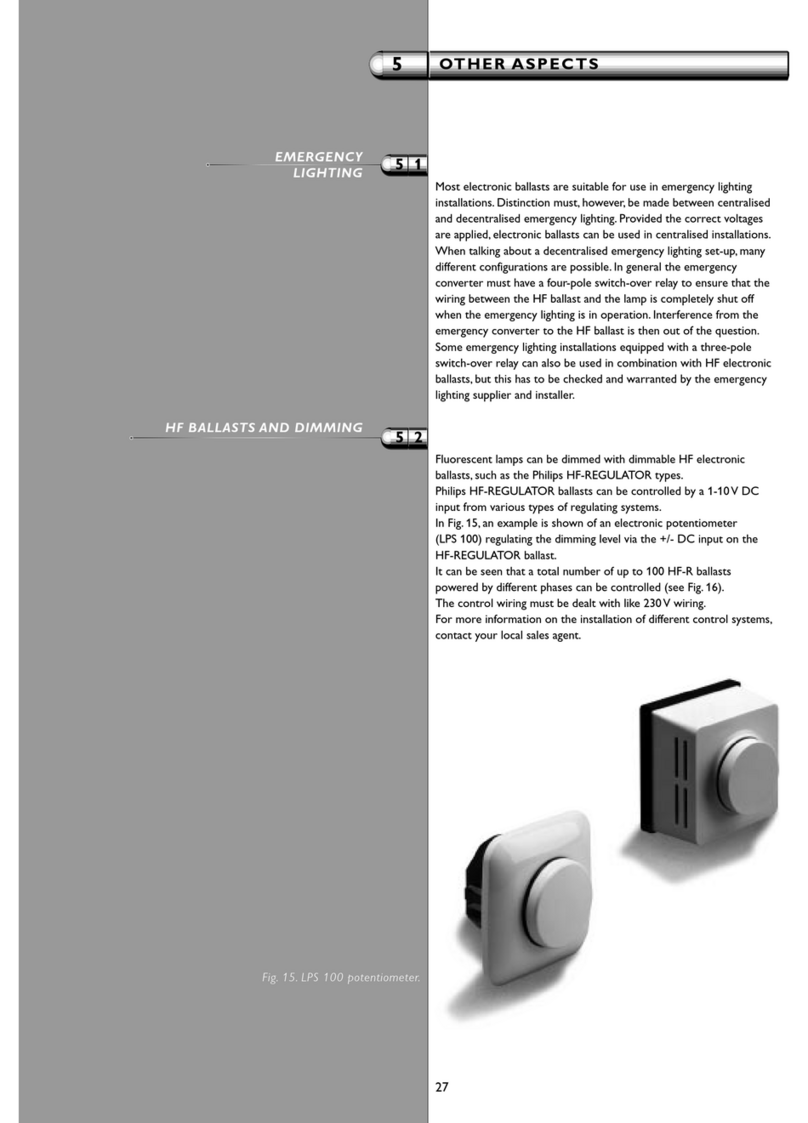
Philips
Philips LPS 100 Features & aspects
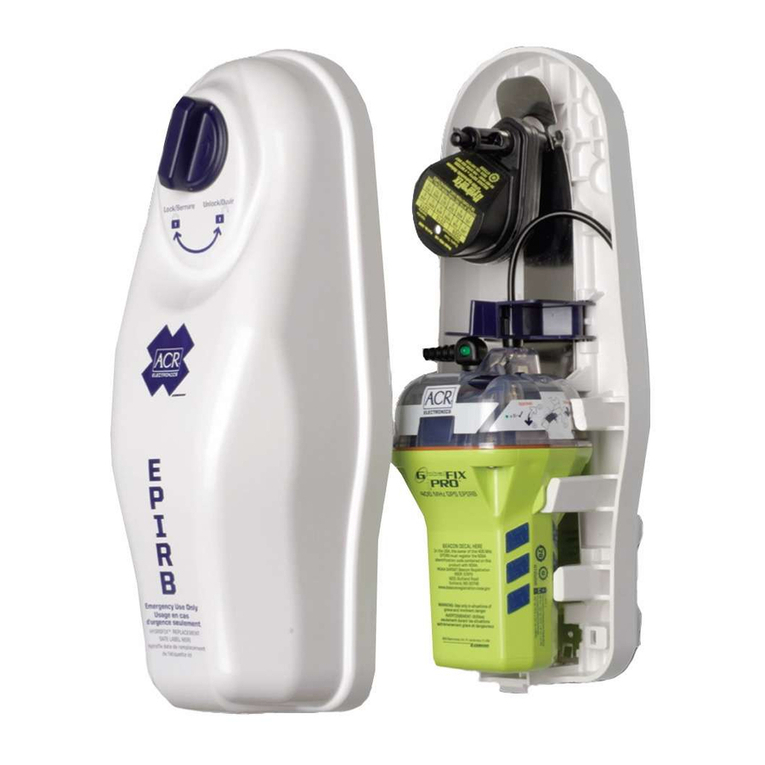
ACR Electronics
ACR Electronics GlobalFix 2842 Product support manual
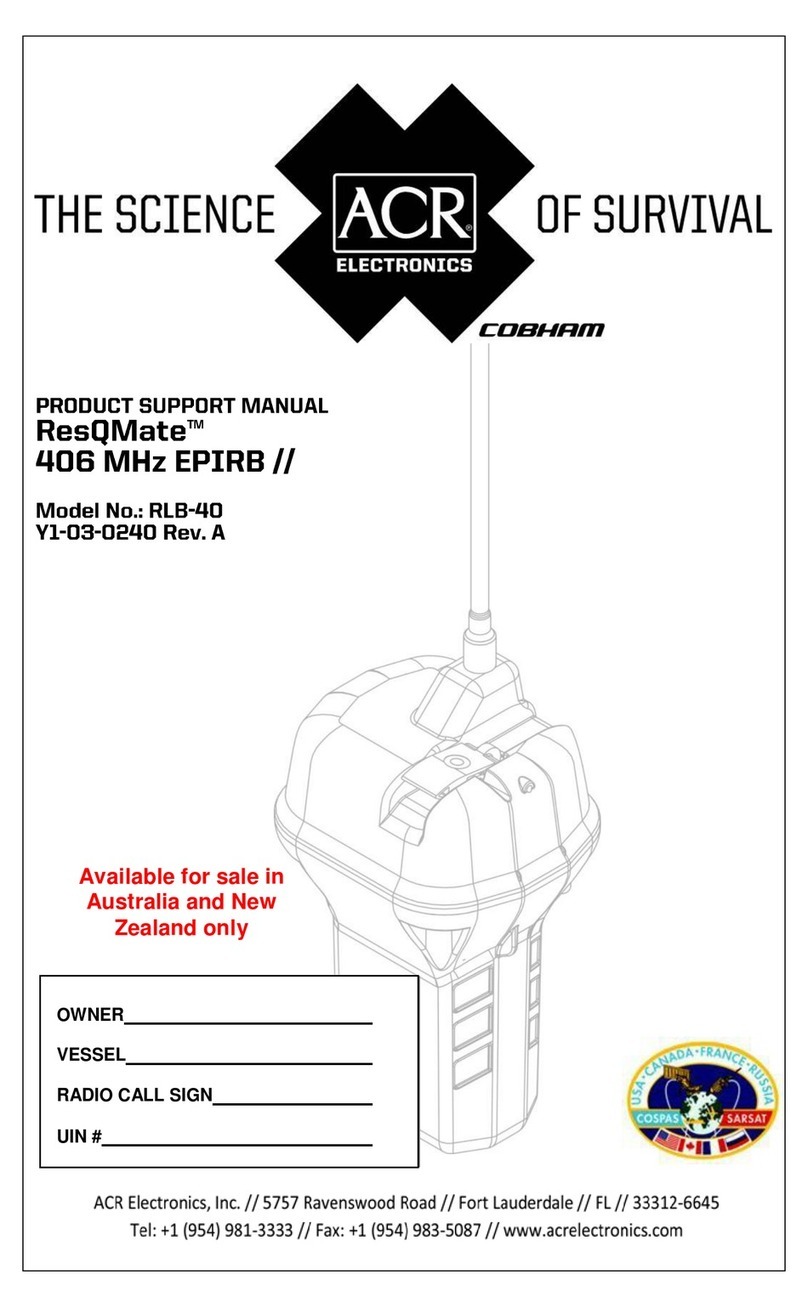
ACR Electronics
ACR Electronics ResQMate RLB-40 Product support manual
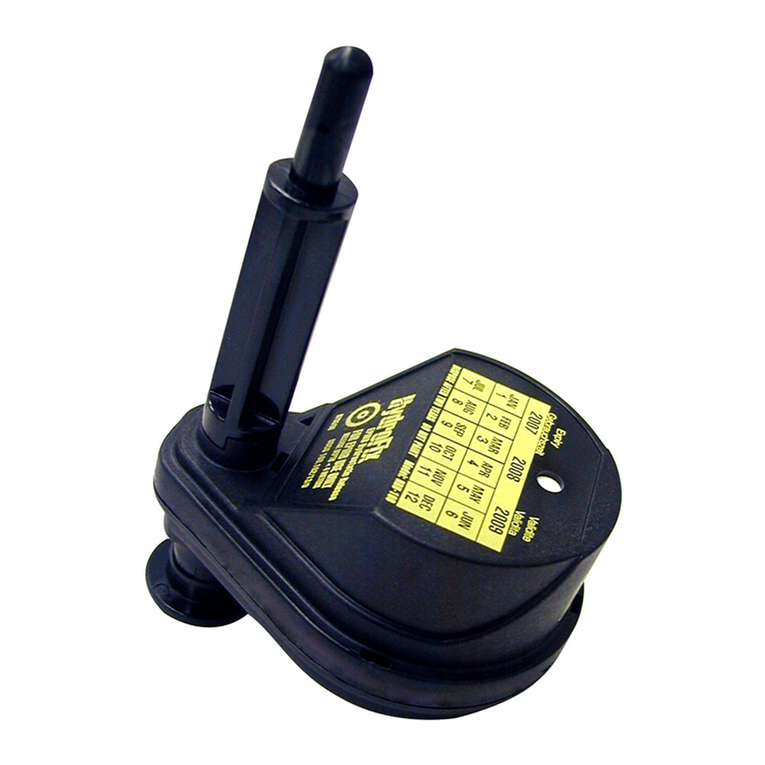
ACR Electronics
ACR Electronics HydroFix 9490 Installation procedures

JRC
JRC NCR-330 instruction manual
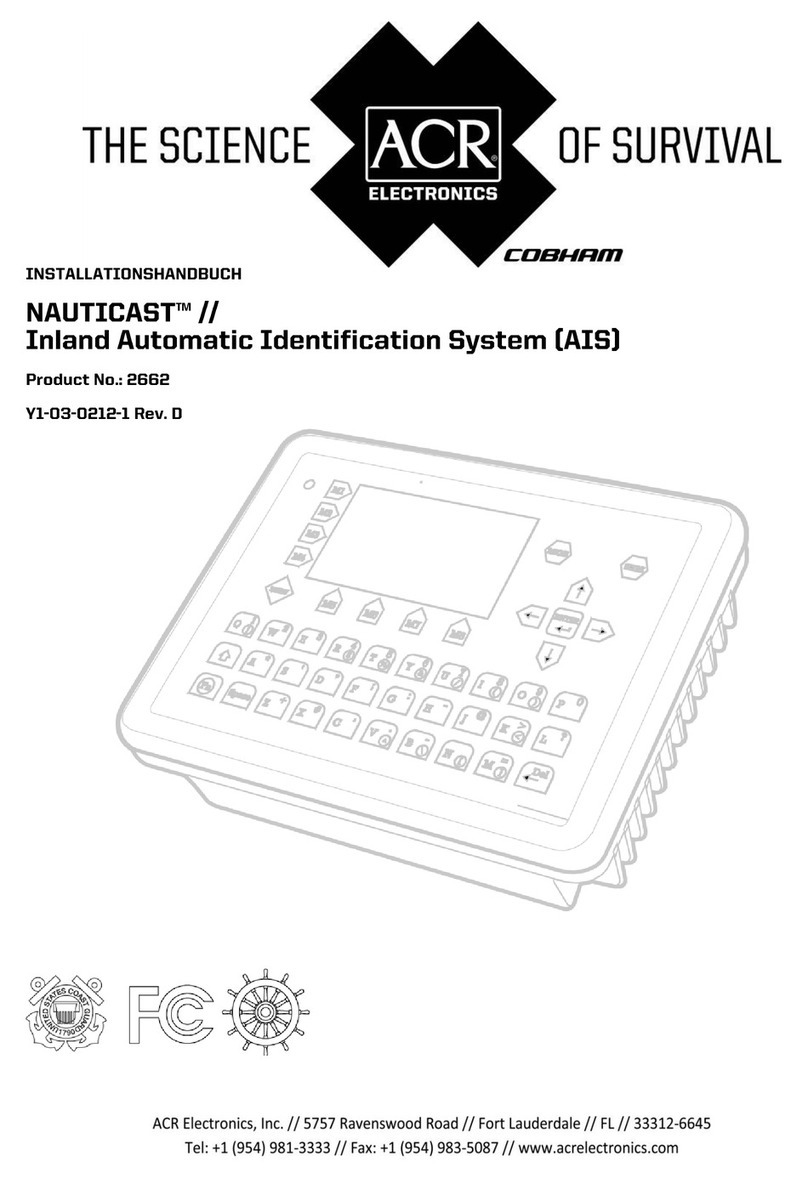
ACR Electronics
ACR Electronics NAUTICAST Y1-03-0212-1 Installationshandbuch
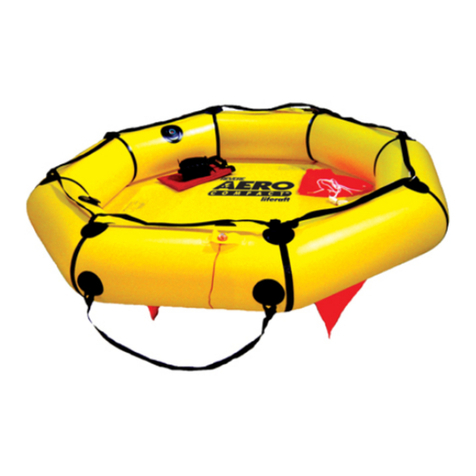
Revere
Revere Aero Compact 2 Service manual
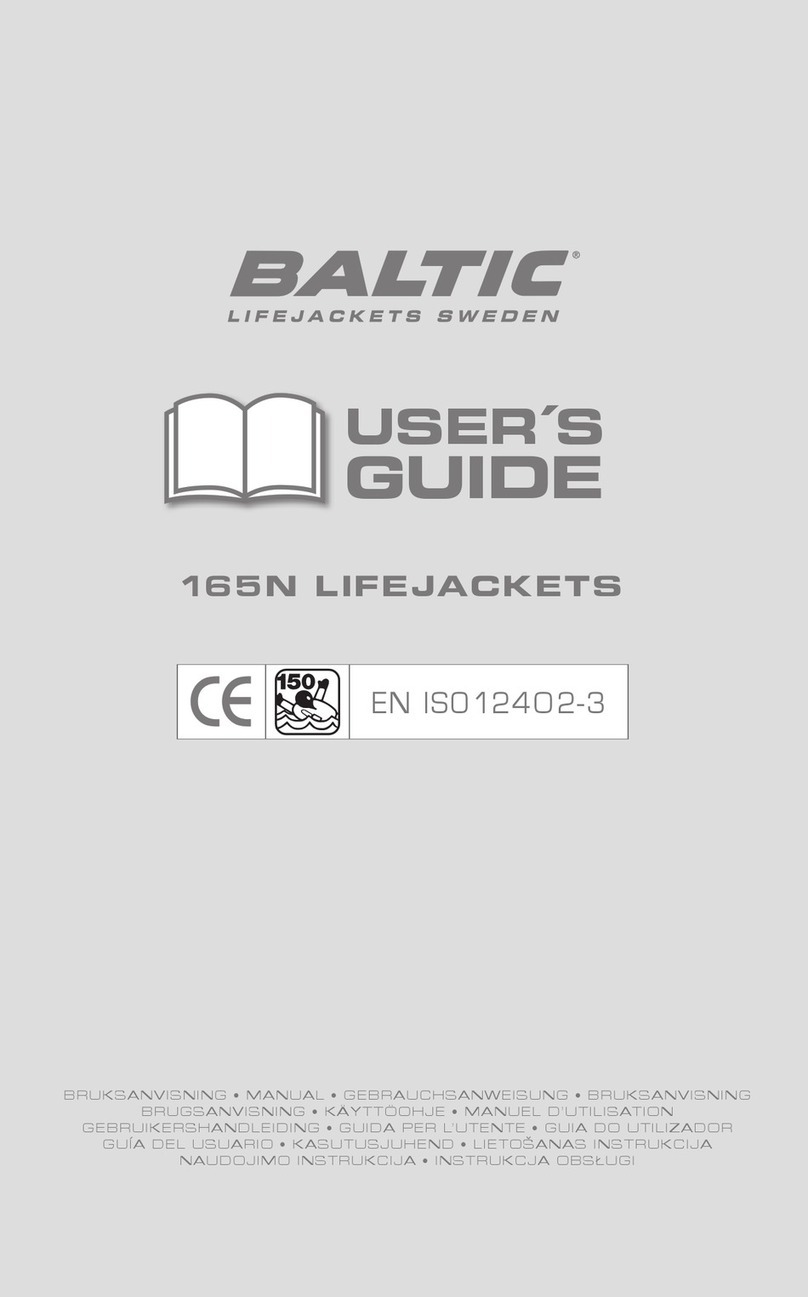
Baltic
Baltic 165N user guide









